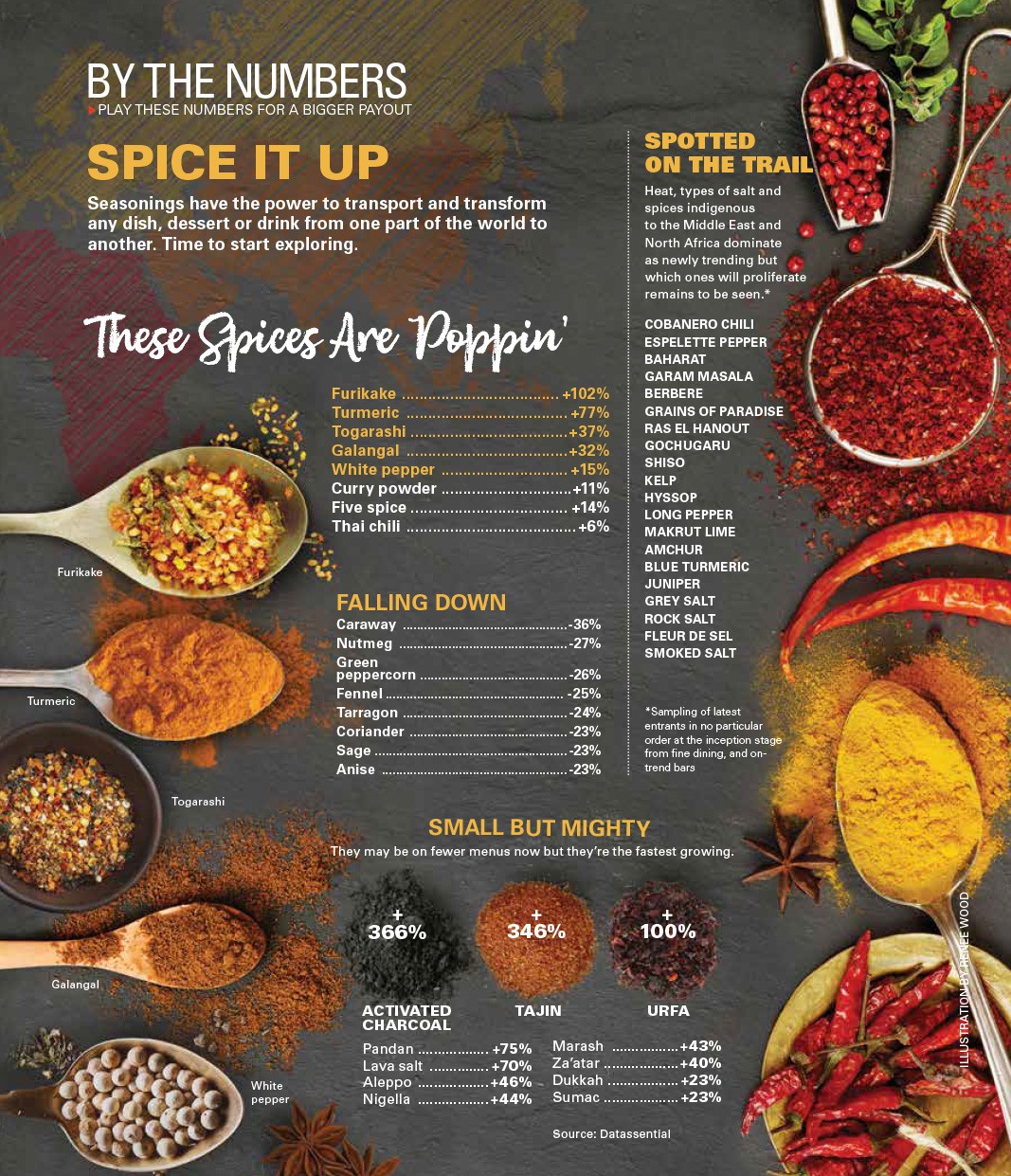How to Save a Failing Restaurant
Successful operators offer advice for bringing a failing restaurant back to life
Restaurants don’t get sick and die overnight. But the ailing ones are often predisposed to conditions such as a lack of focus and unbalanced food and labor costs. A few successful operators offer their Rx for bringing a restaurant back to life.
Evaluate Your Business
“Give an honest assessment of the situation. Do a top to bottom and back to front evaluation of your business. Try to look at your restaurant from the customer’s view. Be objective and emotionally unattached. Be harsh and be honest.
Streamline and simplify. Often restaurants try to do too much or too many things at once and it simply waters down and minimizes what you do well. A small streamlined menu is almost always more successful for many reasons. Smaller inventory is required and fewer staff people needed to execute. Purchasing and storage become far easier, and most importantly, you clearly define and proclaim your place in the market.
By keeping your energy focused on your quality employees, you can build a team that will take your ideas and your vision to the next level. Don’t be consumed by managing poor performers and those who don’t care. Get them out of your operation.”
Dave Davis, Executive chef at the Sink in Boulder, Colorado, and president of the American Culinary Federation’s Colorado chapter
Know Your Operational Costs
“Restaurants have to have some core principles. At our restaurants, there are 50 TVs in each one, and we always have something on for kids like the Cartoon Network—even when it’s Sunday football. Each table also has a speaker box so they can actually hear the program. Food quality is a principle as well. If you want to serve great burgers and wings, they’ve got to be fresh, and if they can’t be, you ought to make something else the focus.
Everyone in our industry knows you cannot be successful if costs and goods are over 60 percent. Whatever your approach to labor and food costs is, know that technology is your friend, meaning you have to watch your trends. If you see food costs going up and the sales trends are going down, you’ve got a problem. It sounds elementary, but if sales are down, your costs have to go down, too.
Know who you are and stick to it. People panic when sales are down and they tend to move away from their core philosophy, like offering coupons and other goofy ideas. If people know what you stand for, they may check out the new restaurant down the street, but they will be back.”
Gary Cohen, Vice president of operations for Glory Days Grill, a 22-unit sports bar concept in the Washington, D.C., area, which has enjoyed five consecutive years of sales growth
Check In With Your Staff
“Revisit recipes of all dishes and do a tasting with staff to get honest feedback. Don’t be defensive and remember that you are not the audience. Your servers are in the trenches every day, talking to customers and seeing what gets left on the plate. Take the feedback and make necessary changes.
Look at training. Ensure that the service team knows the dishes inside and out, and everyone knows the kind of customer service you want to convey. If you’re a neighborhood restaurant, be a rock star and connect with your diners—it’s the one thing you will have over the chains. Service must be your No. 1 priority. Let your service team know that the consumer has a lot of dining options in today’s restaurant climate. Don’t take that for granted.
Use social media aggressively but only if your core clientele is on social media. You want to make sure you are shouting to an audience so be sure that you pay to play on Facebook by boosting your posts. You don’t have to spend a fortune, but $5 per post and targeting to your neighborhood can make a difference.”
Ricky Moore, Former fine dining chef and current chef-owner of Salt Box, a single concept seafood stand in Durham, North Carolina, which opened about two years ago



